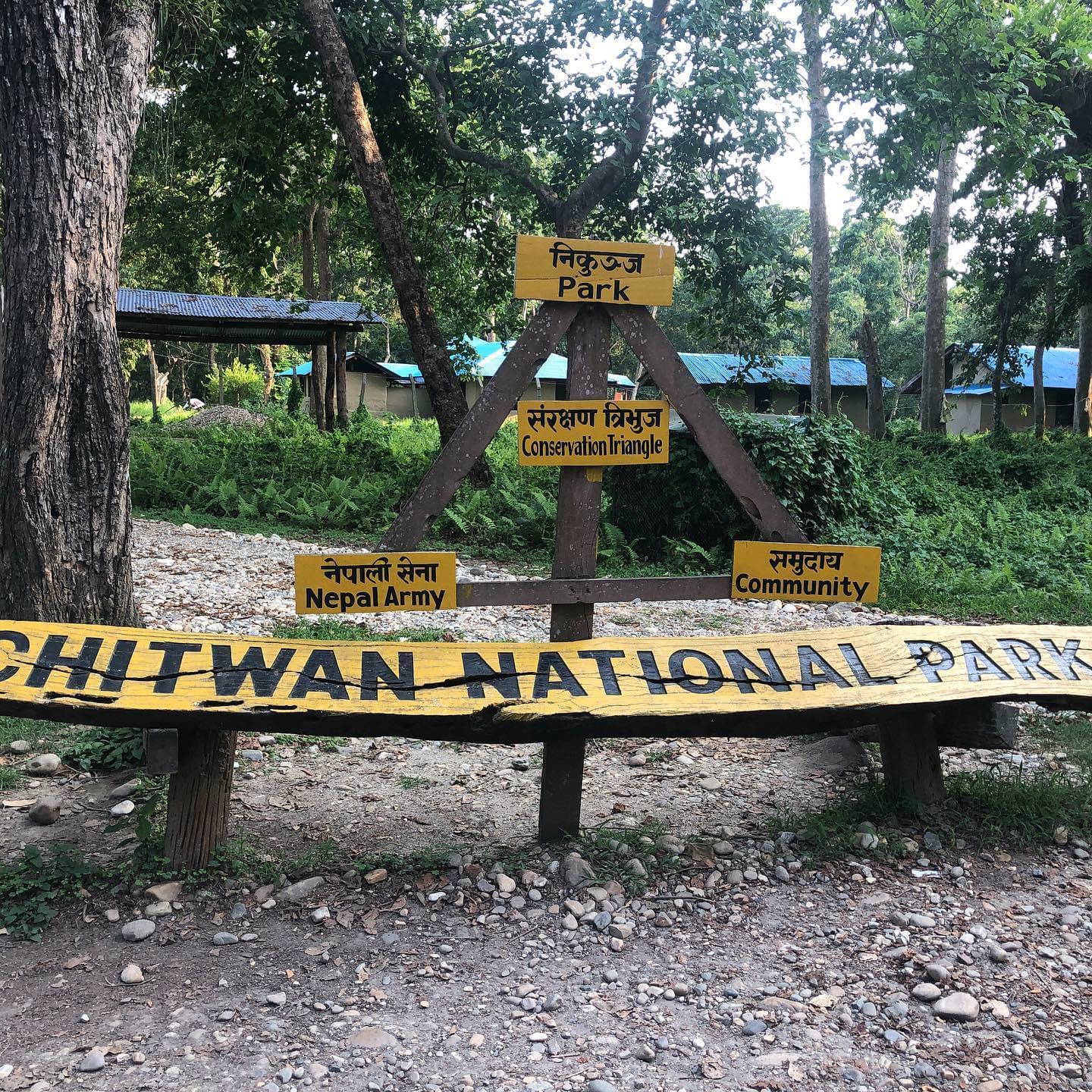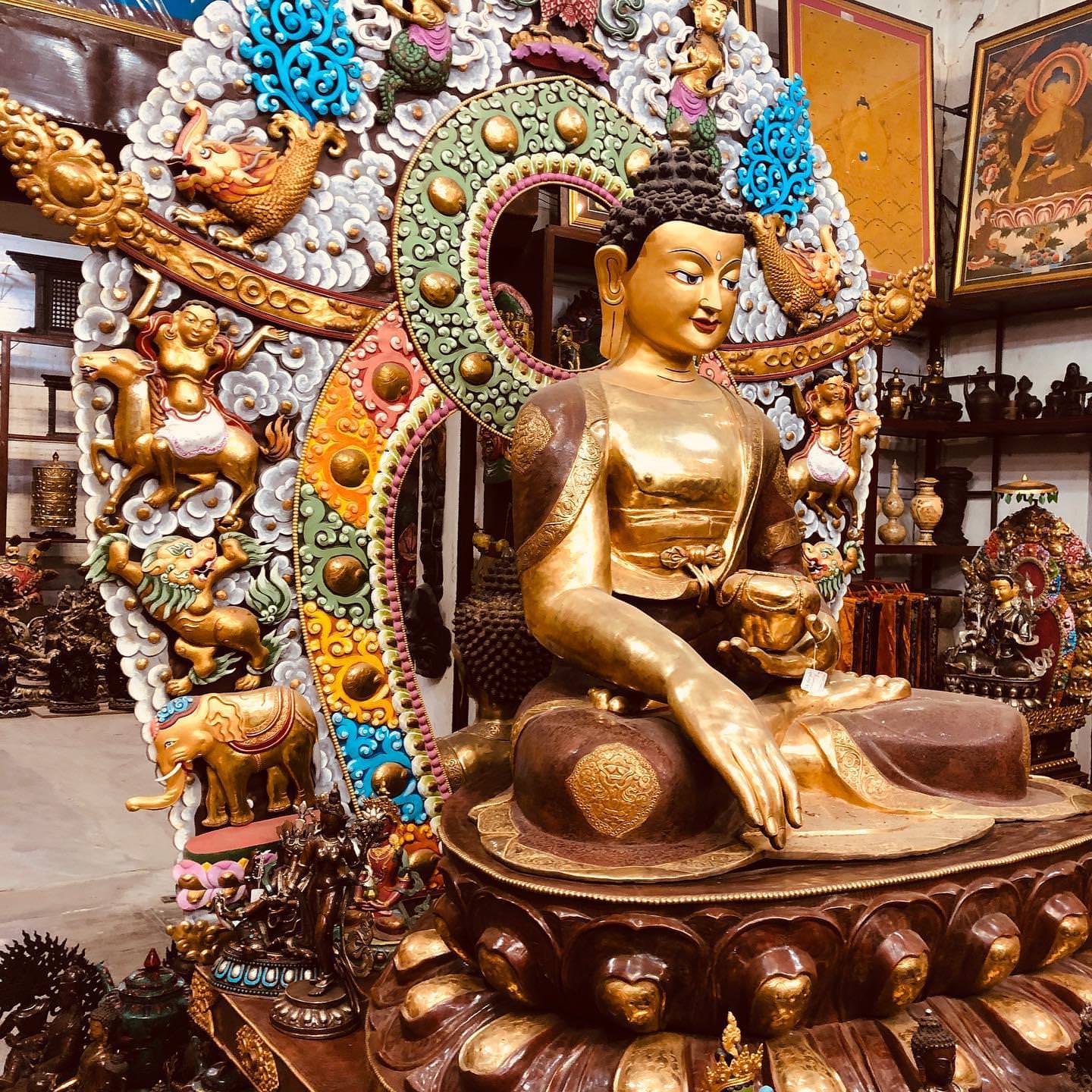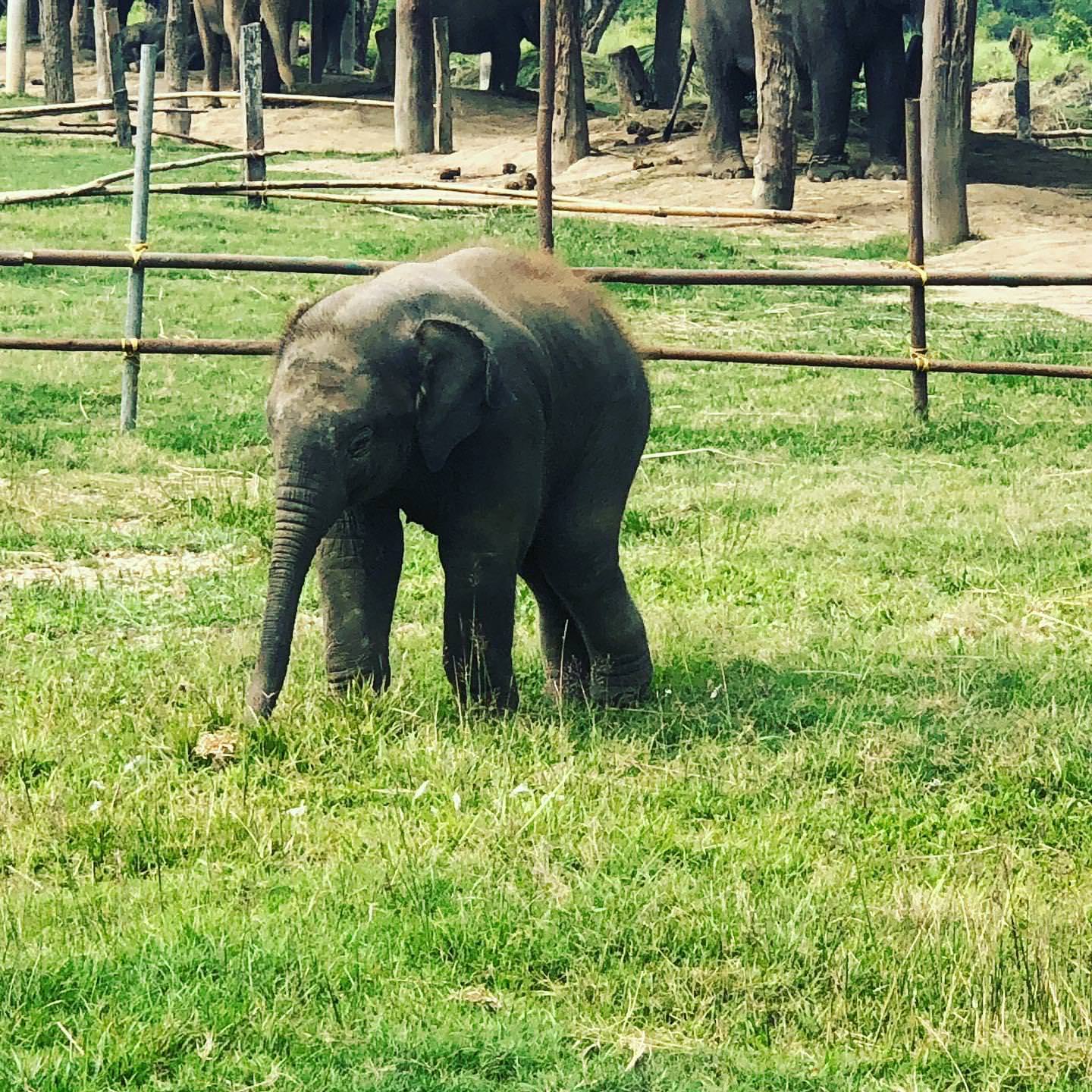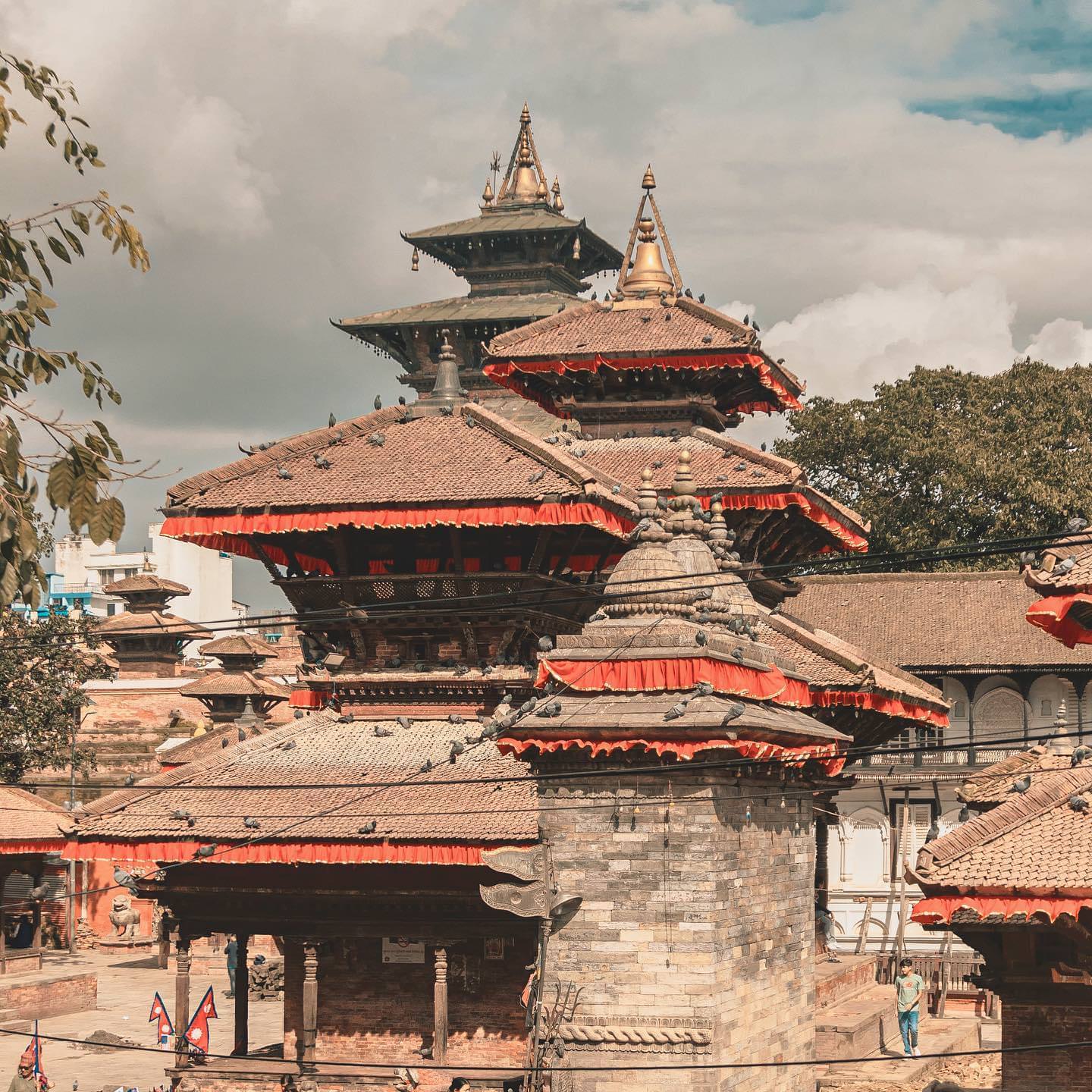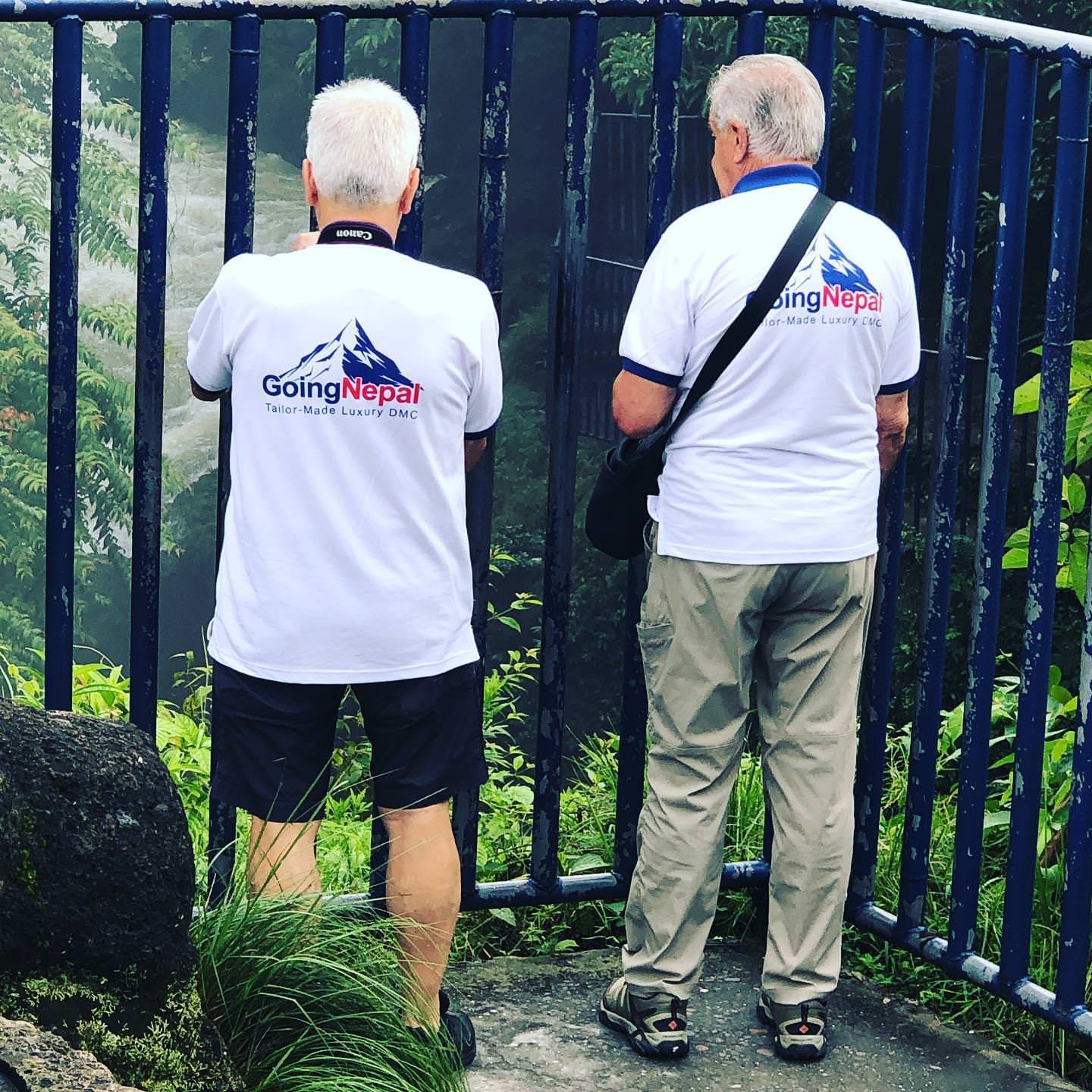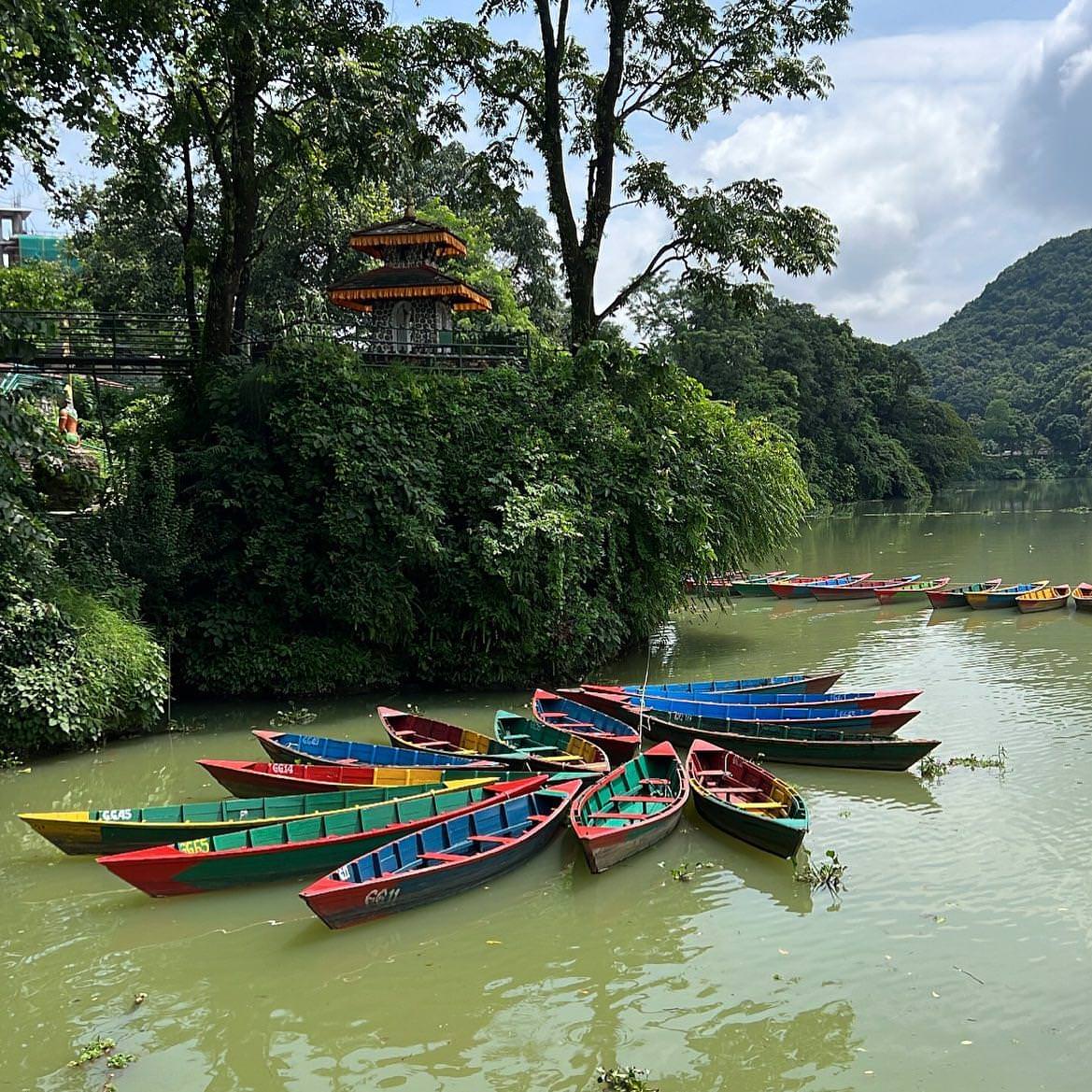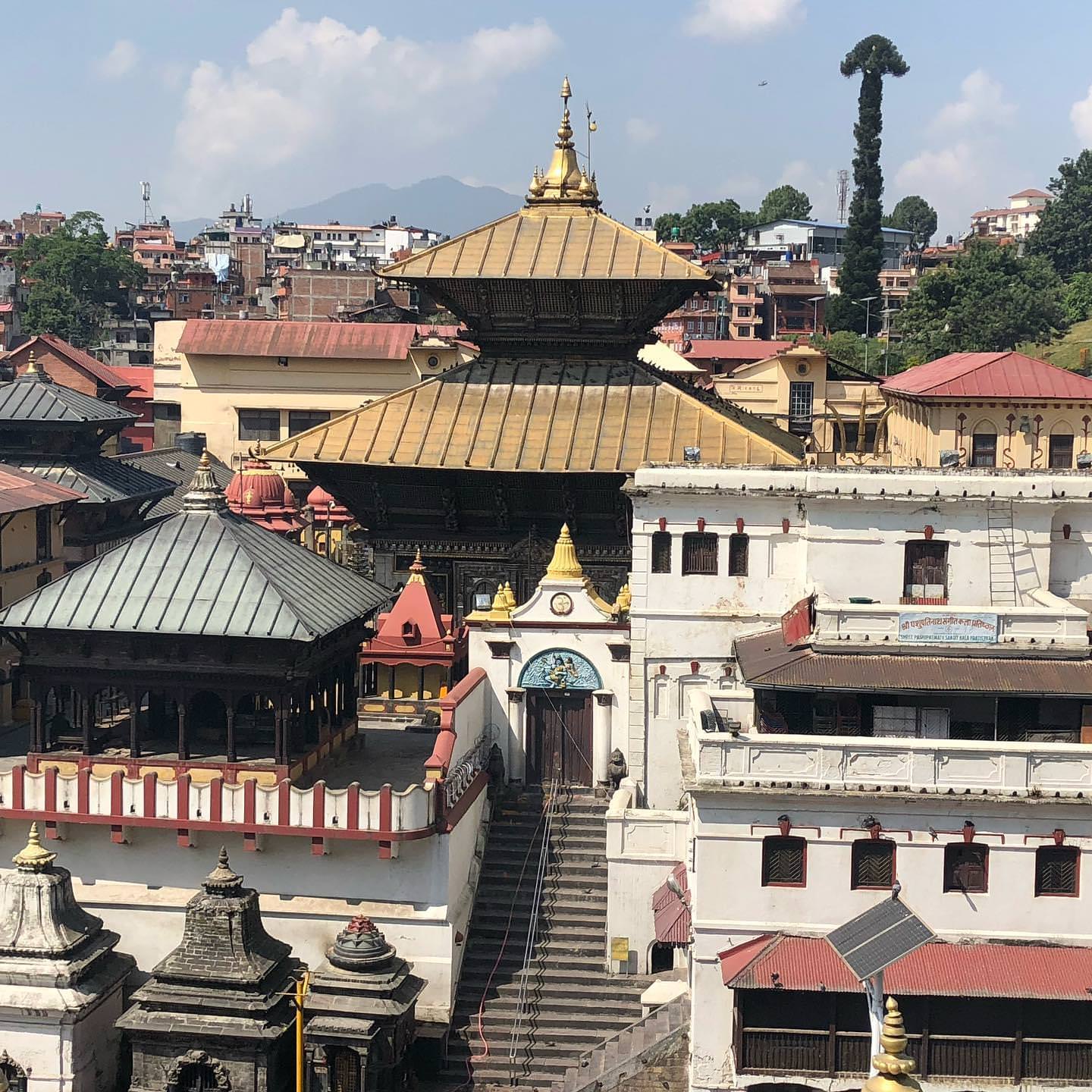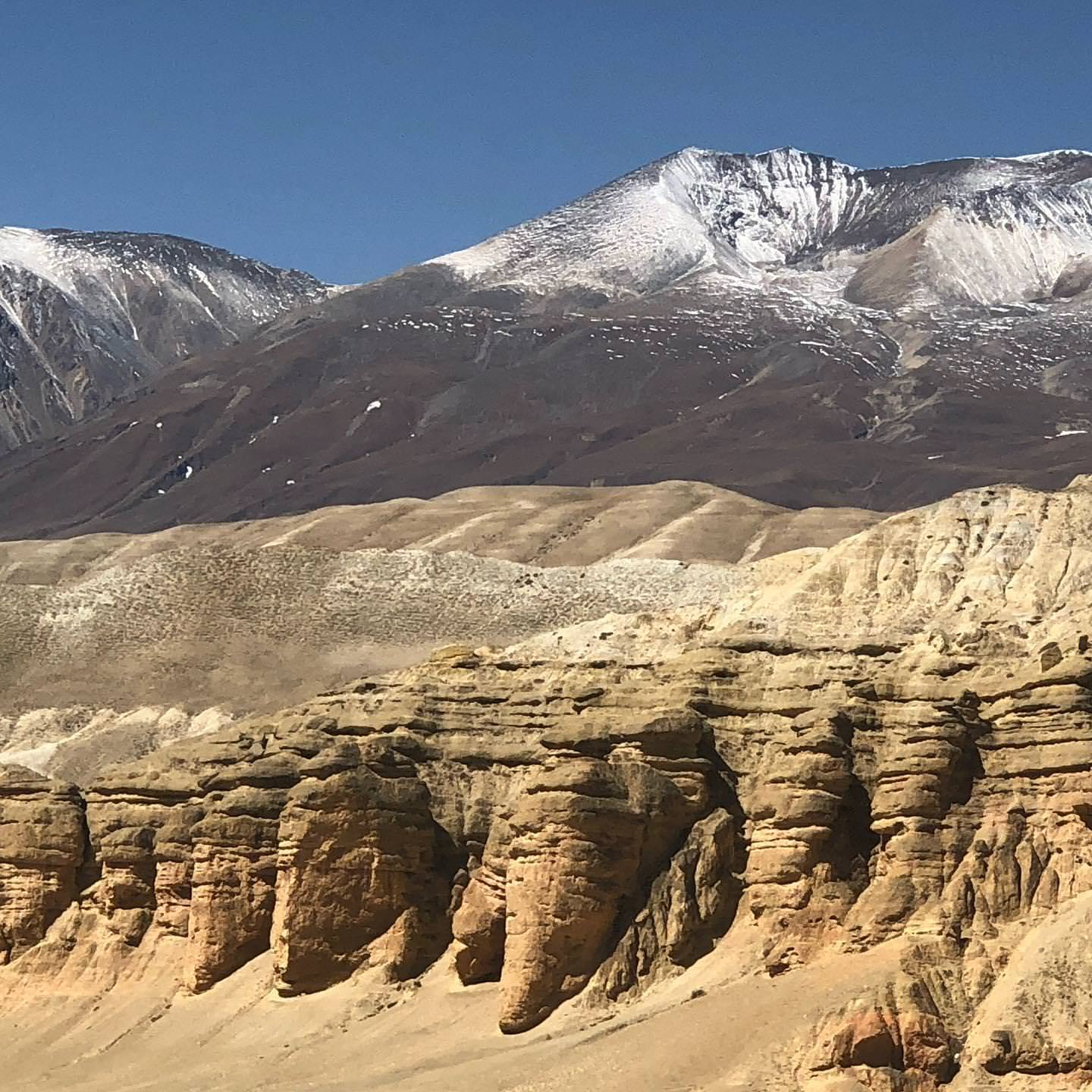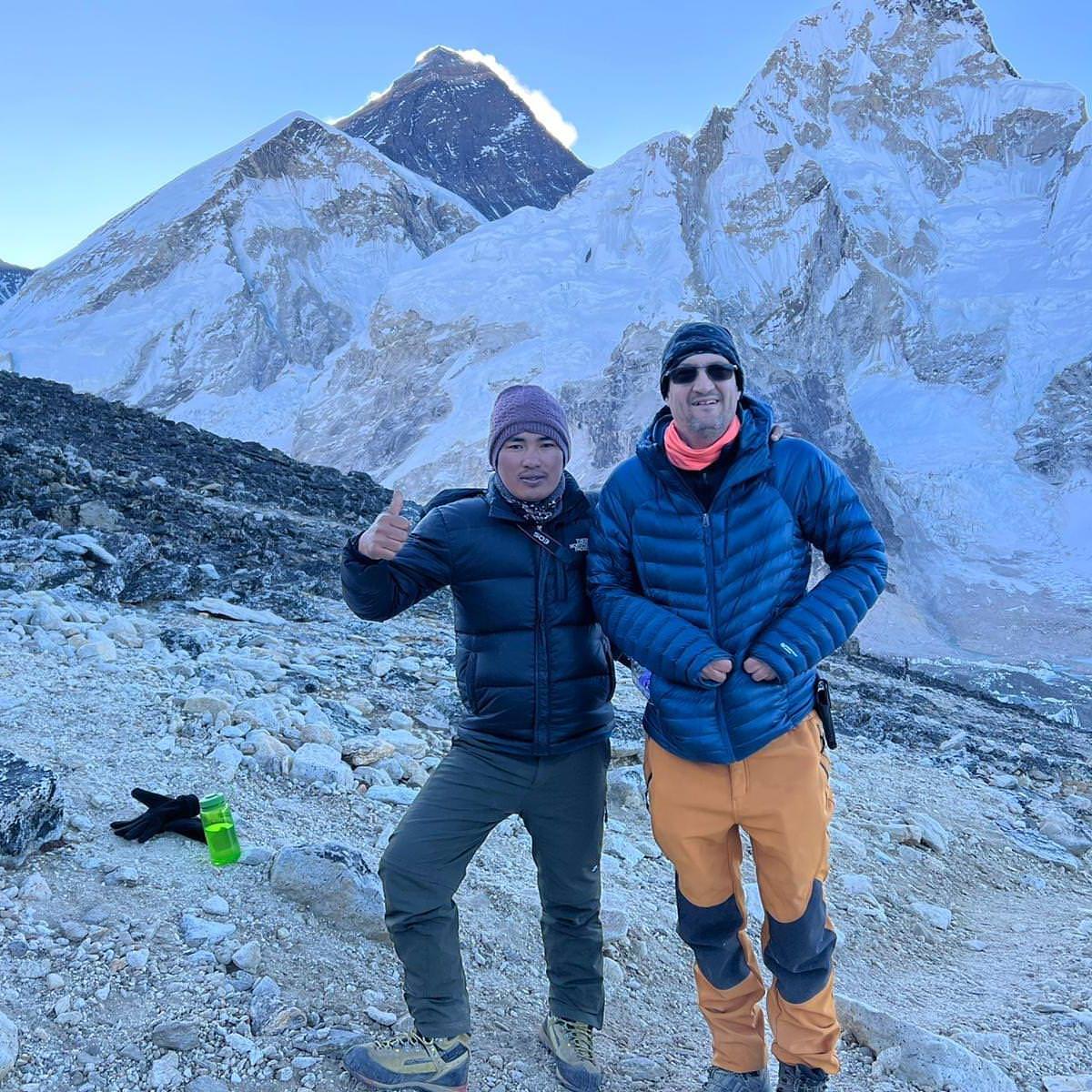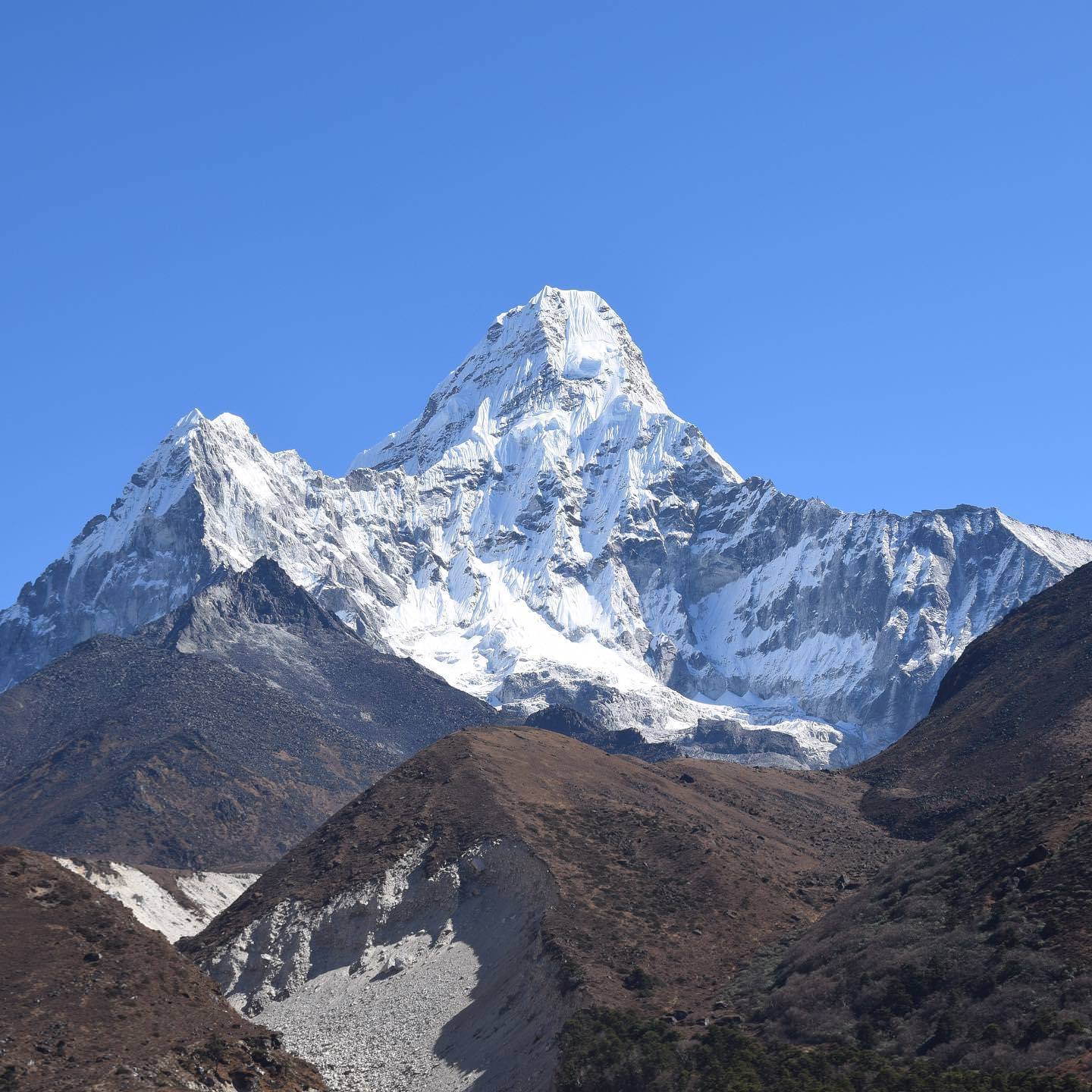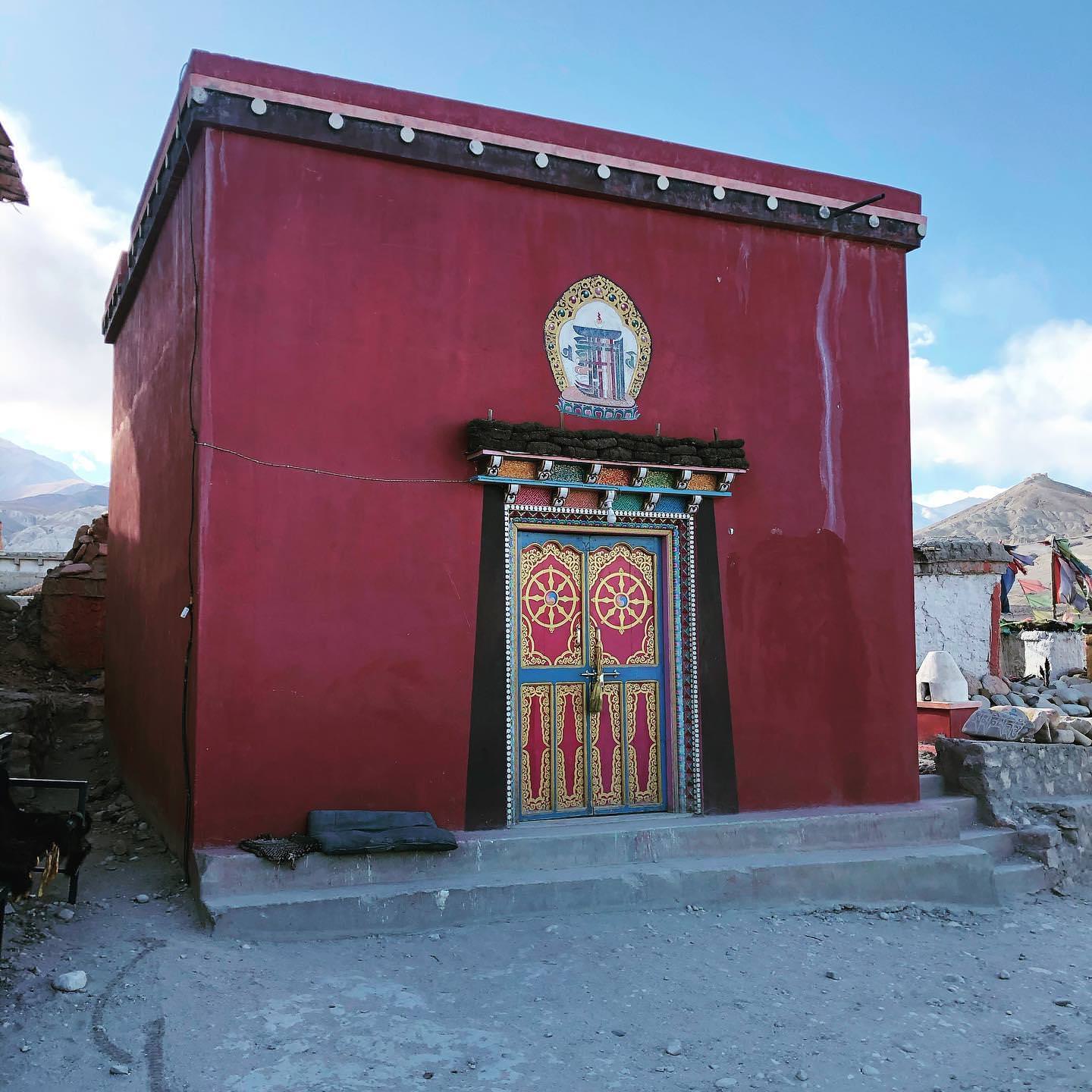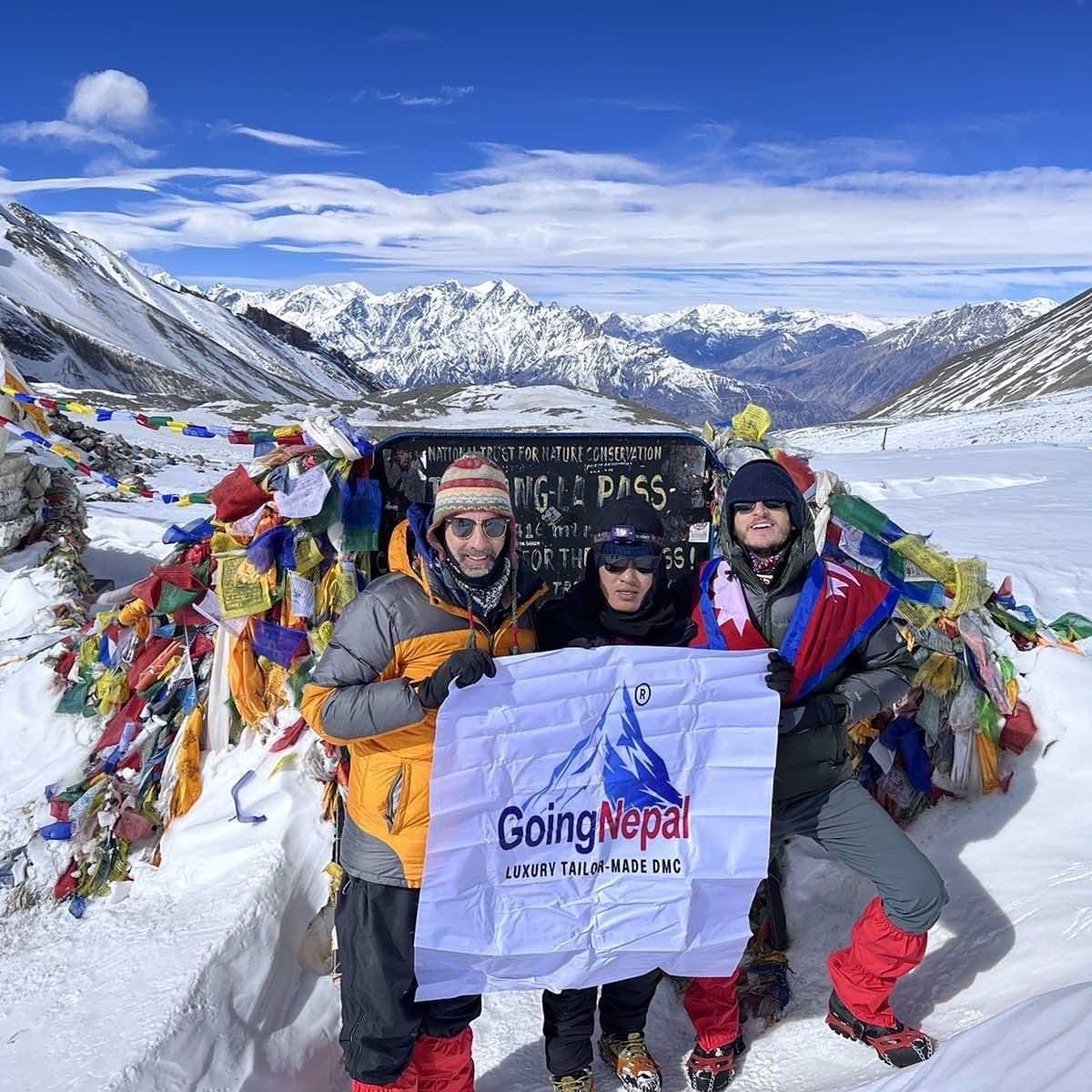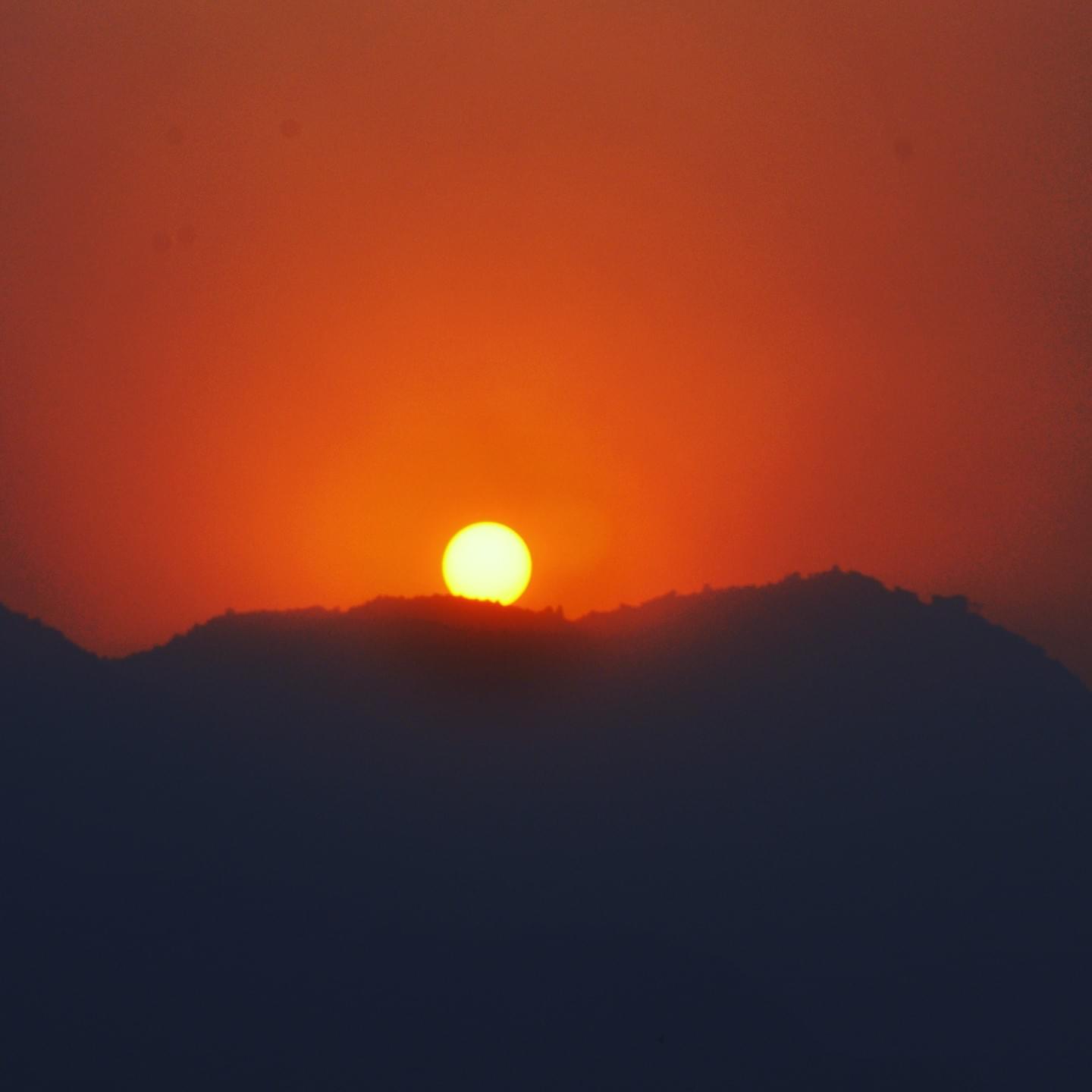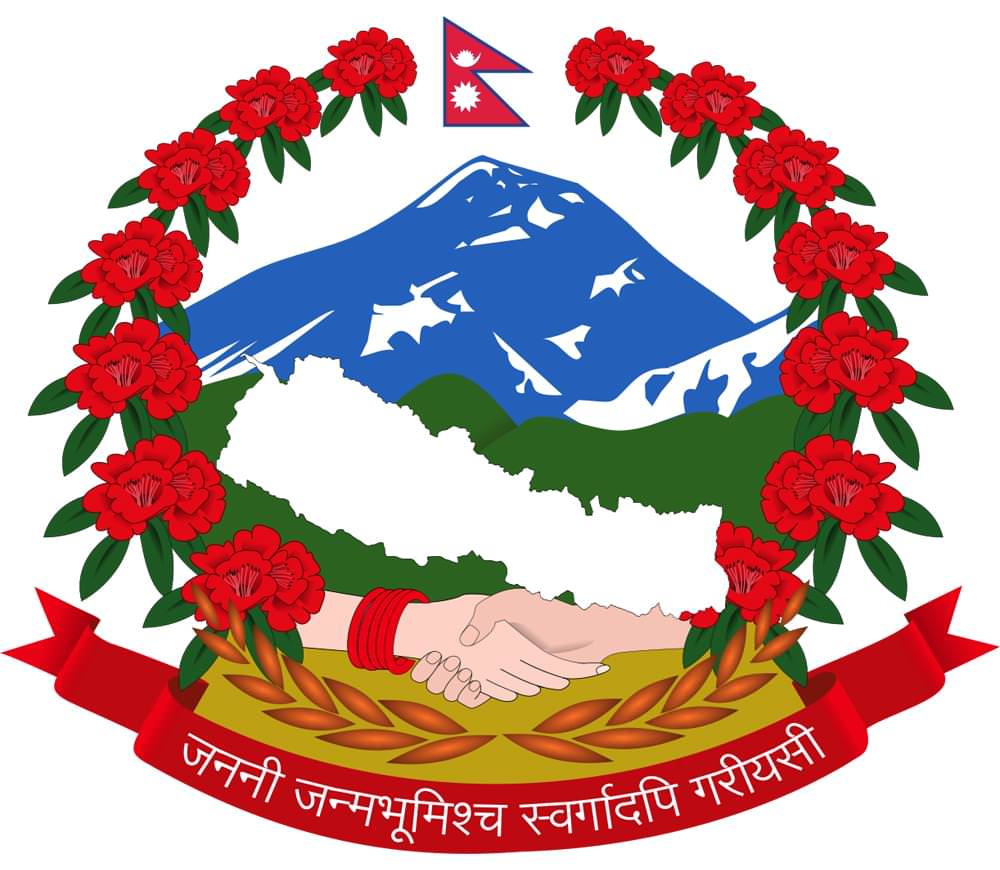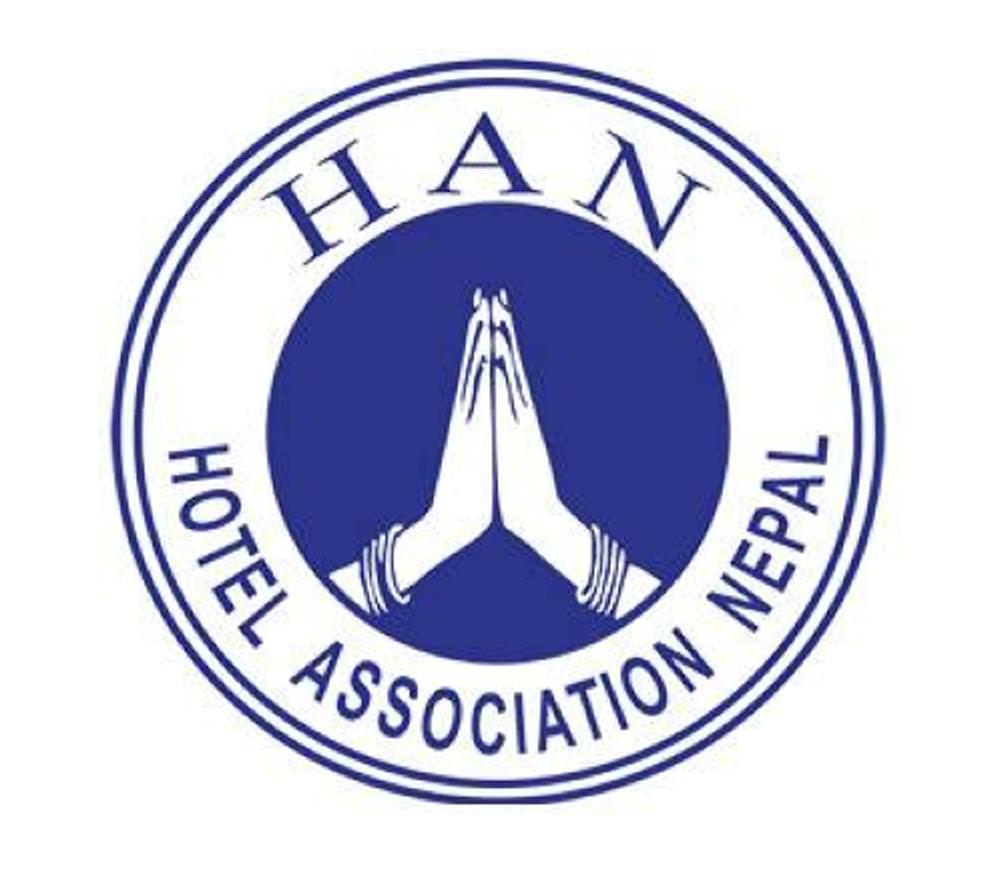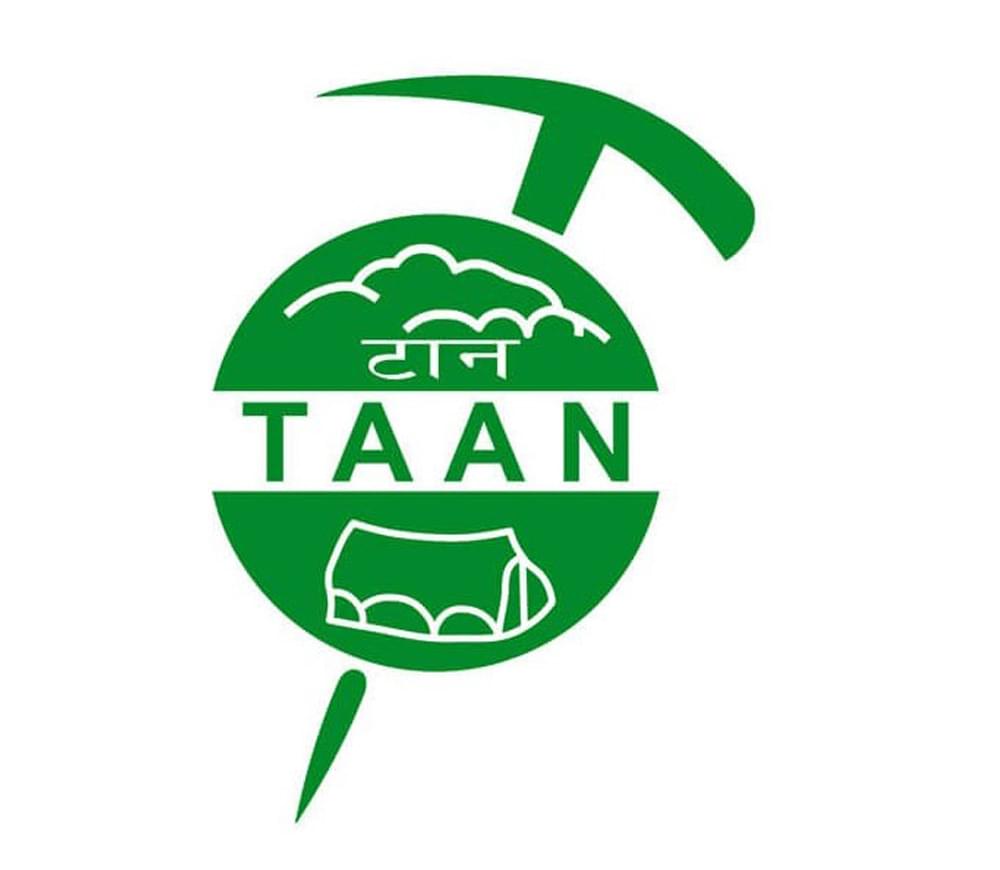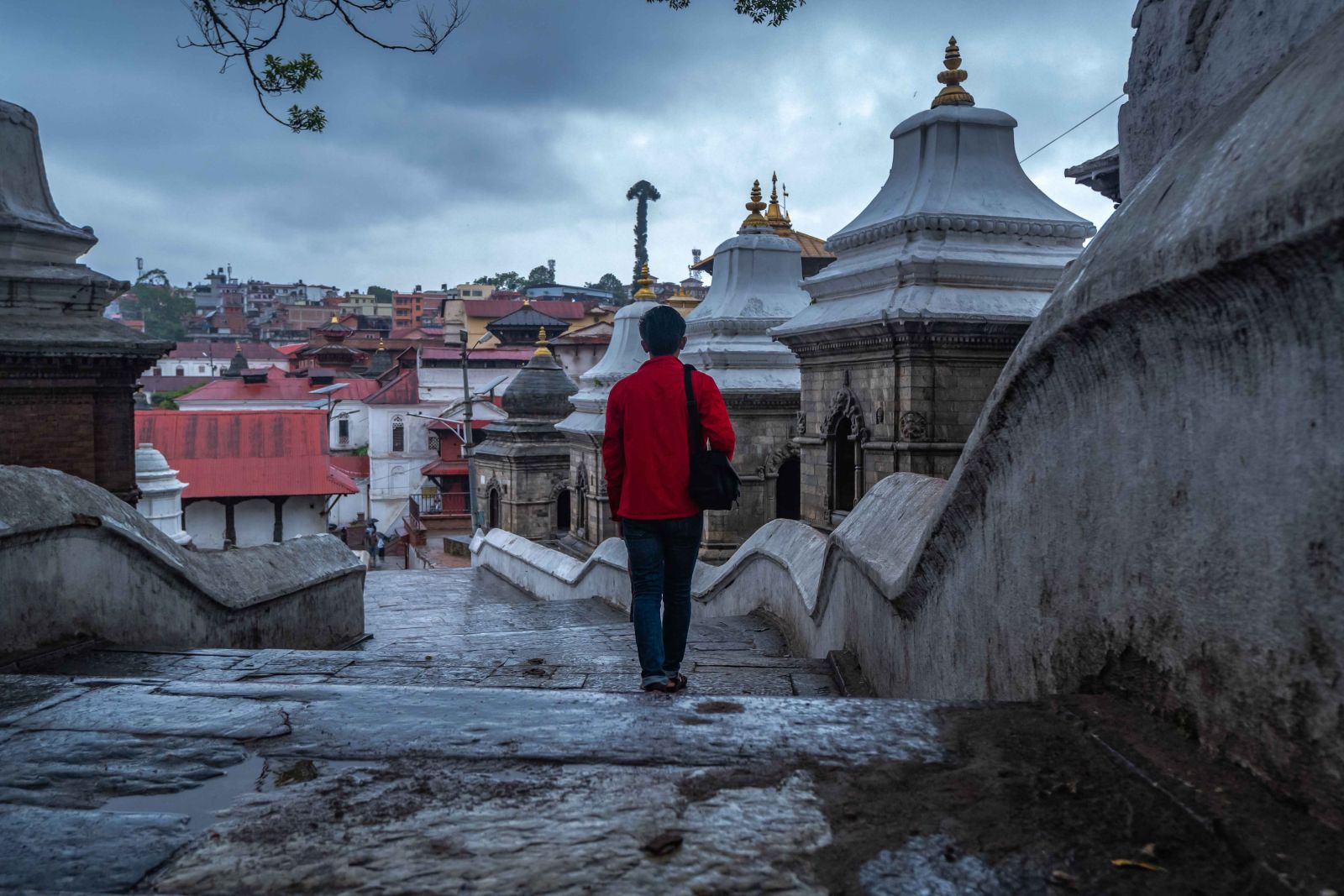 History of Nepal
History of Nepal
The history of Nepal can be traced back to the Neolithic period, with evidence of human settlement in the region dating back to at least the 8th millennium BCE. During the 7th and 8th centuries AD, the Licchavi dynasty came to power and ruled over a unified Nepal, with the capital located in Kathmandu Valley. During this time, Nepal became an important center of Buddhism and Hinduism, and many important temples and palaces were built.
The Malla dynasty came to power in the 12th century, and the country was divided into several small kingdoms, each with its own ruler. During this time, Nepali art and architecture reached new heights, with the construction of elaborate temples, palaces, and stupas. The Malla dynasty also saw the development of a sophisticated Nepali culture, with music, dance, and religious festivals becoming an important part of daily life.
In the late 18th century, the Shah dynasty came to power, and the country was unified under a monarchy. During this time, the Nepali empire extended its reach into Tibet, Bhutan, and parts of India, and the country became a center of trade and commerce. However, the monarchy faced numerous challenges, including internal conflicts, wars with neighboring states, and the loss of territories to the British in India.
In the early 20th century, the monarchy was abolished, and a democratic republic was established. However, political stability remained a challenge, and the country was beset by frequent changes in government and ongoing disputes over the constitution. Despite these challenges, Nepal continued to make progress, and the country saw significant economic growth in industries such as tourism and hydropower.
In 1990, the monarchy was reinstated, and a new constitution was enacted, which established a parliamentary democracy. This new system saw significant improvements in the country's political stability, and Nepal became a member of the United Nations and other international organizations. However, political stability was short-lived, and the country was beset by internal conflict and political turmoil in the late 1990s and early 2000s.
In 2006, the monarchy was abolished once again, and a new republic was established. This marked a new chapter in Nepali history, with the country moving towards a more stable and democratic future. Despite ongoing challenges, including ongoing disputes over the constitution and political instability, Nepal remains a vibrant and diverse country, with a rich cultural heritage and a friendly and welcoming people.
Throughout its long and fascinating history, Nepal has been shaped by its unique location, surrounded by the towering Himalayas and home to diverse ethnic and cultural groups. Despite its many challenges, the country has a rich and resilient cultural heritage, and a proud and determined people who are working to build a brighter future for themselves and their country.
